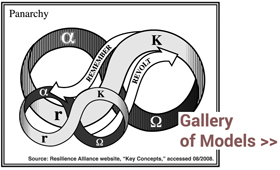Resilience and sustainability are often discussed interchangeably, but it’s worth drawing distinctions between them.
PopTech founder Andrew Zolli distinguishes the two in a NYT op-ed. “The sustainability regime is being quietly challenged,” he writes, “not from without, but from within.”
This introductory statement unfortunately misses half the story. The reality is that a perceived sustainability regime is encountering fierce challenge from without — as any observer of the American Policy Center-led attacks on Agenda 21 would appreciate.
But the challenge Zolli refers to is from practitioners: “scientists, social innovators, community leaders, nongovernmental organizations, philanthropies, governments and corporations.”
And the astute distinction he draws is that, “Where sustainability aims to put the world back into balance, resilience looks for ways to manage in an imbalanced world.”
His starkest example:
Hurricane Sandy hit New York hardest right where it was most recently redeveloped: Lower Manhattan, which should have been the least vulnerable part of the island. But it was rebuilt to be “sustainable,” not resilient, said Jonathan Rose, an urban planner and developer.
“After 9/11, Lower Manhattan contained the largest collection of LEED-certified, green buildings in the world,” he said, referring to a rating program for eco-friendly design. “But that was answering only part of problem. The buildings were designed to generate lower environmental impacts, but not to respond to the impacts of the environment” — for example, by having redundant power systems.
I’ve described other distinctions in posts on food miles and local food systems.

